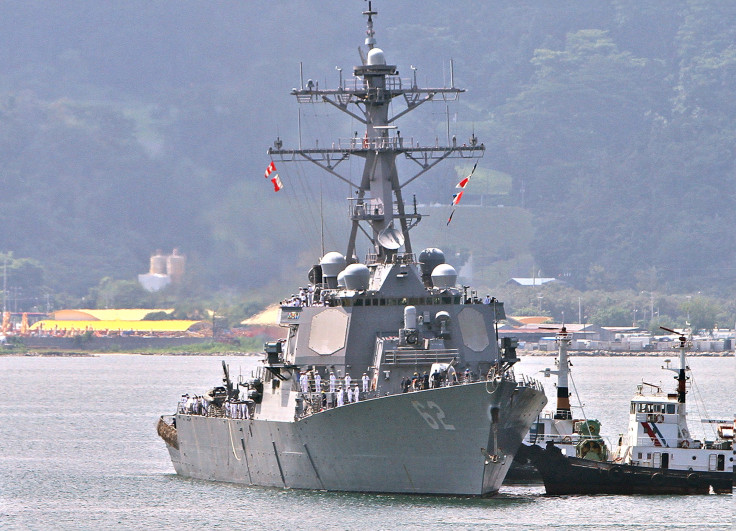Amid Rising Tension With China, US Military May Return To Subic Bay, Philippines
KEY POINTS
- Washington is in talks with Manila to set up five more locations for the U.S. military
- Military bases in the Philippines will be crucial in U.S. operations that seek to counter China
- Beijing has been increasingly assertive in South China Sea amid conflicting claims with Manila
Three decades after their departure from what was once Washington's largest military base in Asia, American forces are likely to return to Subic Bay in the Philippines amid rising tensions with China in the Asia-Pacific region.
Under their mutual Enhanced Defense Cooperation Agreement, Washington and Manila are also in discussion to set up five more locations in the Philippines to build U.S. military facilities and deploy weapons, Tokyo-based Kyodo News reported.
Following China's military exercises and aggressive posturing, the Philippine ambassador to the U.S. Jose Manuel Romualdez, in a September interview with Japan's Nikkei, said Manila would offer U.S. forces access to the Philippines' military bases provided "it is important" for the country's "own security."
The Philippines is a key ally of the U.S. in a region with close geographical proximity to China, across the South China Sea. The country's bases will therefore be crucial in any U.S. operation that seeks to counter Beijing's anti-access/area denial military doctrine and rush aid to Taiwan in the eventuality of a military attack.
Established in 1901, Subic Bay was the first U.S. military base in the Philippines after the country was captured by American forces from Spain in 1898. Since the end of World War II, the independence of the Philippines in 1946, and throughout the period of the Cold War, Washington and Manila have shared close military cooperation.
The Subic Naval Base gained prominence as the largest U.S. naval installation in the country and played a prominent role in supply and maintenance during the Vietnam War and the Cold War.
Similarly, the nearby Clark Air Base in the Philippines became the largest air base for the American military outside the U.S. and was a vital connecting link with the U.S. forces in the region. Notably, the Clark Air Base, located on Luzon Island in the northern Philippines, is close to Taiwan which lies across the Luzon Strait.
But, following the dissolution of the Soviet Union, the end of the Cold War, and due to rising anti-U.S. sentiment, support for permanent military bases in the Philippines also waned.
Despite government efforts, the Philippine Senate in September 1991 rejected the proposed extension of the military base treaty. Following the Senate vote, the U.S. flag was lowered on Nov. 24, 1992, in Subic Bay marking the closure of the American military base.
Subic Bay has since become a bustling free port employing about 150,000 locals and administered by the Subic Bay Metropolitan Authority (SBMA).
According to the Kyodo News report, on Nov. 9, U.S. Ambassador to the Philippines Mary Kay Carlson visited Subic Bay and the shipyard. The report, citing a senior Philippine official, said two Chinese firms wanted to take control of the shipyard, but Washington stepped in, and it was acquired by a private U.S. company this year.
The Philippine Navy has also begun occupying part of the shipyard as its new naval base, the report added.
Following several negotiations, Manila has only allowed the U.S. to rotate its troops for extended stay and to build and operate military facilities on Philippine bases for both American and Philippine forces. But, the U.S. is not allowed to set up any permanent military bases in the country.
In recent years, the Philippines sought to balance its close partnership with the U.S. while maintaining a tricky relationship with China. But Beijing's increasing assertiveness in the South China Sea, where it has conflicting claims with Manila, has led to the flaring up of tensions between the two countries.
The latest confrontation between both countries was reported Sunday when a Chinese Coast Guard ship blocked and "forcefully" seized space debris that was being towed by a Philippine naval vessel near the Philippine-controlled Thitu island. Following the incident, Manila on Thursday sought clarification from Beijing.

© Copyright IBTimes 2024. All rights reserved.





















